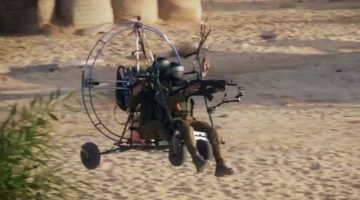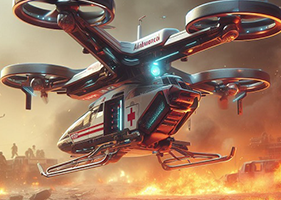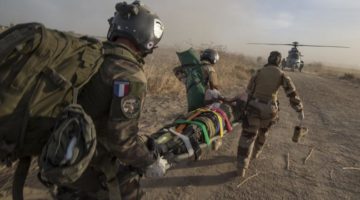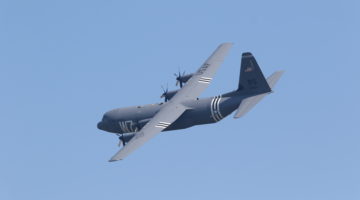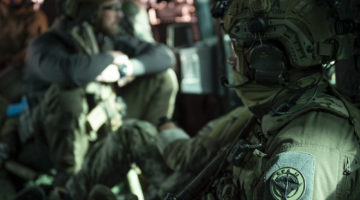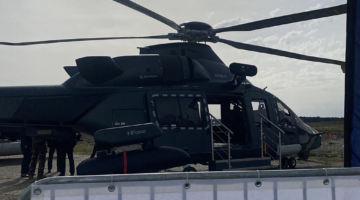Source: airandspaceforces.com – Greg Hadley – USAF Looks to Fill Intelligence Gaps from Space
As the Air Force plans to retire many of its aging intelligence, surveillance, and reconnaissance aircraft in the next few years, its looking to the Space Force and Intelligence Community to fill potential gaps and gain persistent coverage around the globe, the service’s top intelligence officer said May 17.
USAF budget documents show plans to divest the entire fleet of E-8s, U-2s, and RQ-4s by fiscal 2027, with the E-3 AWACS fleet also slated to be cut significantly. Deputy chief of staff for ISR and cyber effects operations Lt. Gen. Leah G. Lauderback said the changes are necessary and unavoidable.
“I think that the Air Force has had a difficulty messaging this,” Lauderback said during one of AFA’s Mitchell Institute for Aerospace Studies Aerospace Nation events. (…)
Lauderback said the current ISR aircraft cannot survive in a conflict with China or Russia. But the fact that the divestments are happening without immediate replacements—at least publicly acknowledged ones—means there may be “small gaps” in ISR during the transition, officials have previously said and Lauderback confirmed. (…)
The Air Force faces a short-term gap in capability at a crucial time when experts see China building capability with an eye toward a potential future invasion of Taiwan. (…)
Space-based ISR will be pivotal in the years ahead, as new satellite technologies mature. “We’re going to have incredible amounts of sensors that are coming that are space-based and thus have a certain amount of resiliency, more resiliency or more survivability, certainly, than some of the airborne capabilities that [the Air Force is retiring],” said Lauderback.
Satellites are also more persistent, able to stay on constant watch, something airborne platforms cannot do. When Lauderback was director of intelligence for Operation Inherent Resolve in the Middle East, the command lacked the ability to keep constant watch. “We didn’t have persistence to be able to chase ISIS around” with Joint STARS aircraft, she said. “The things that we had persistence with were [uncrewed] MQ-9s, Global Hawks would help us for sure. (…)
Of course, making all those connections and ensuring the Air Force and other branches have access to all the intelligence they need presents other challenges. Lauderback called for more table-top exercises for the Pentagon to help determine and inform what space-based ISR will look like in the coming years. (…)
Read Full Article >>> https://www.airandspaceforces.com/isr-aircraft-retire-air-force-intelligence-officer-space/
Photo © ibid





